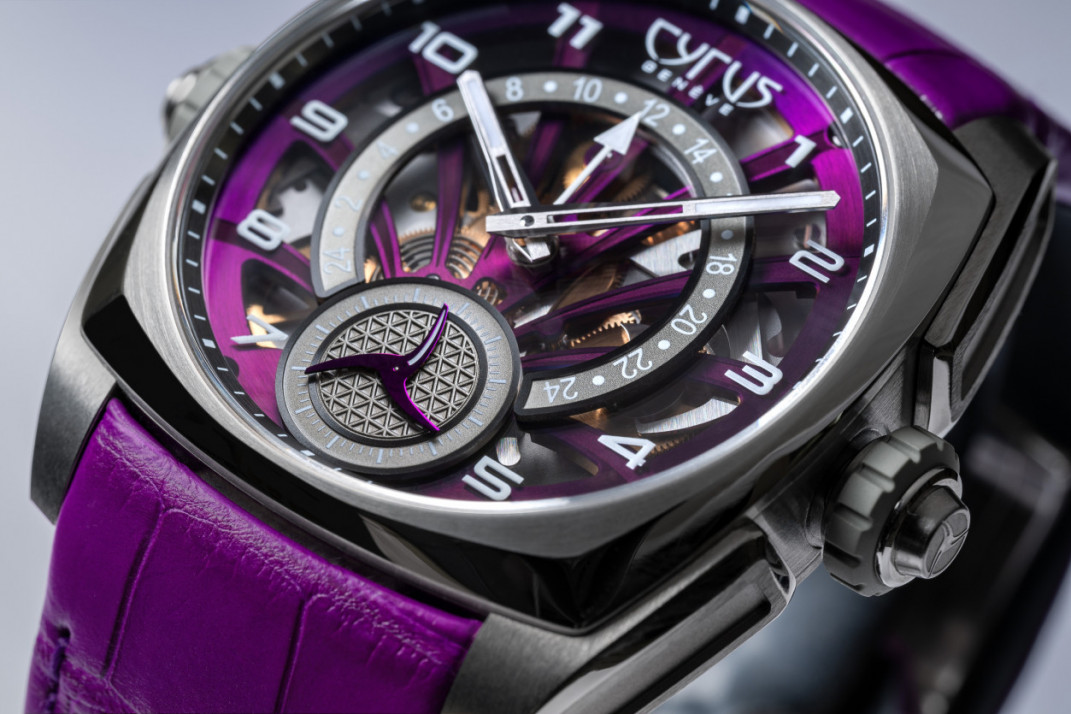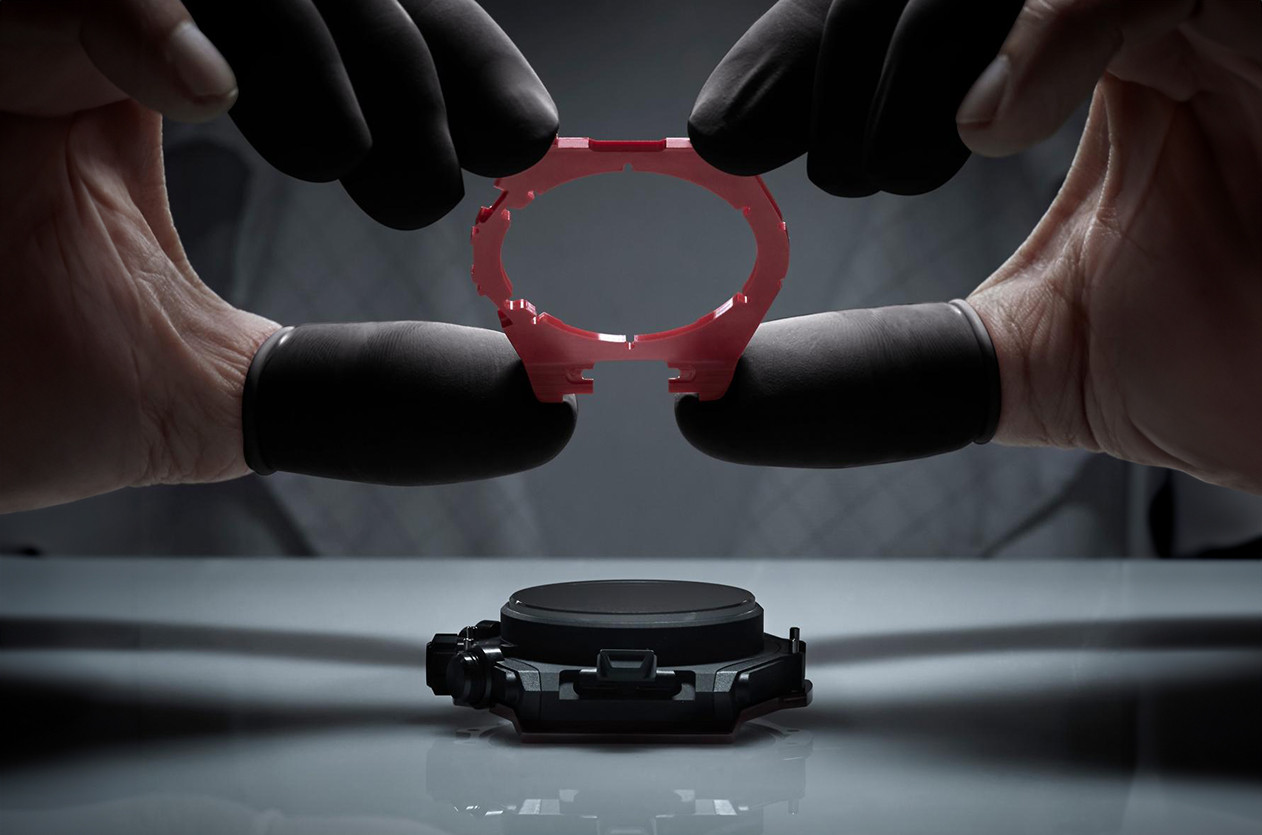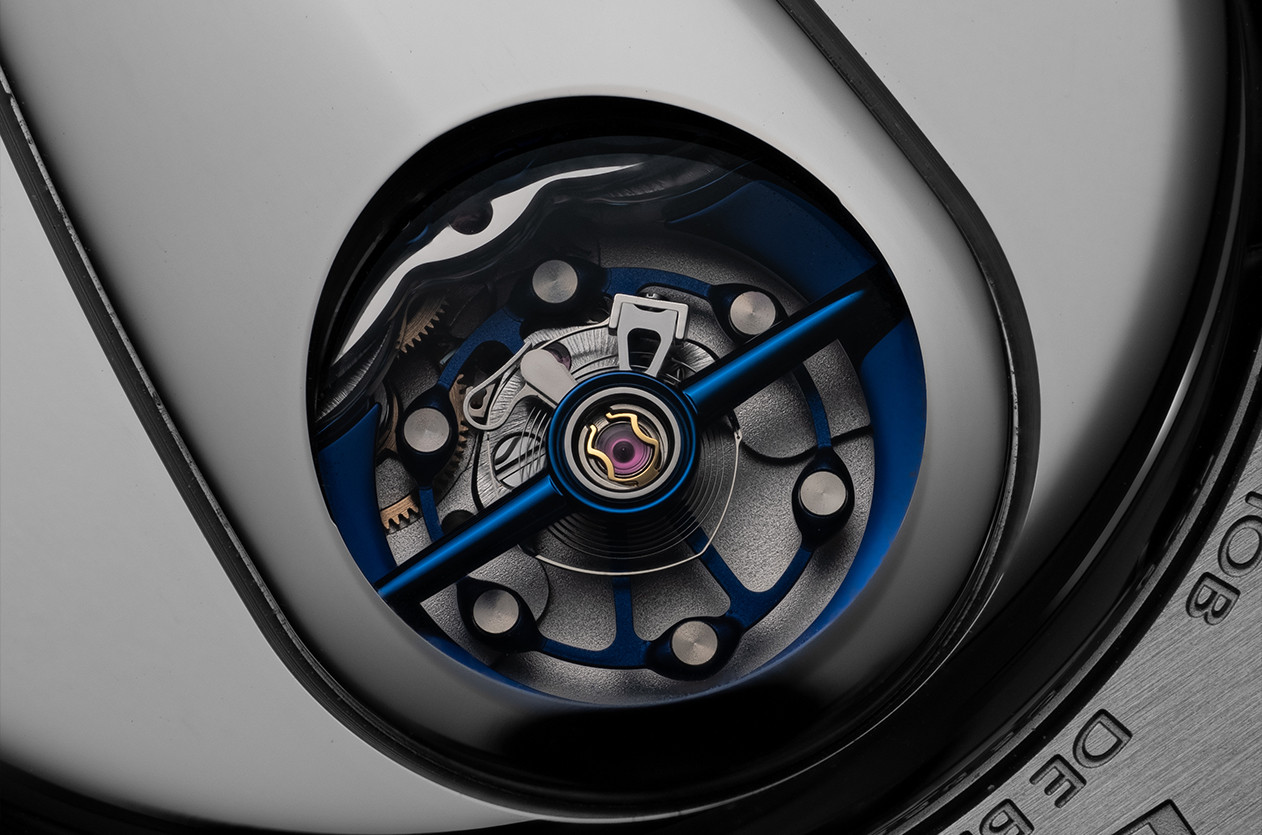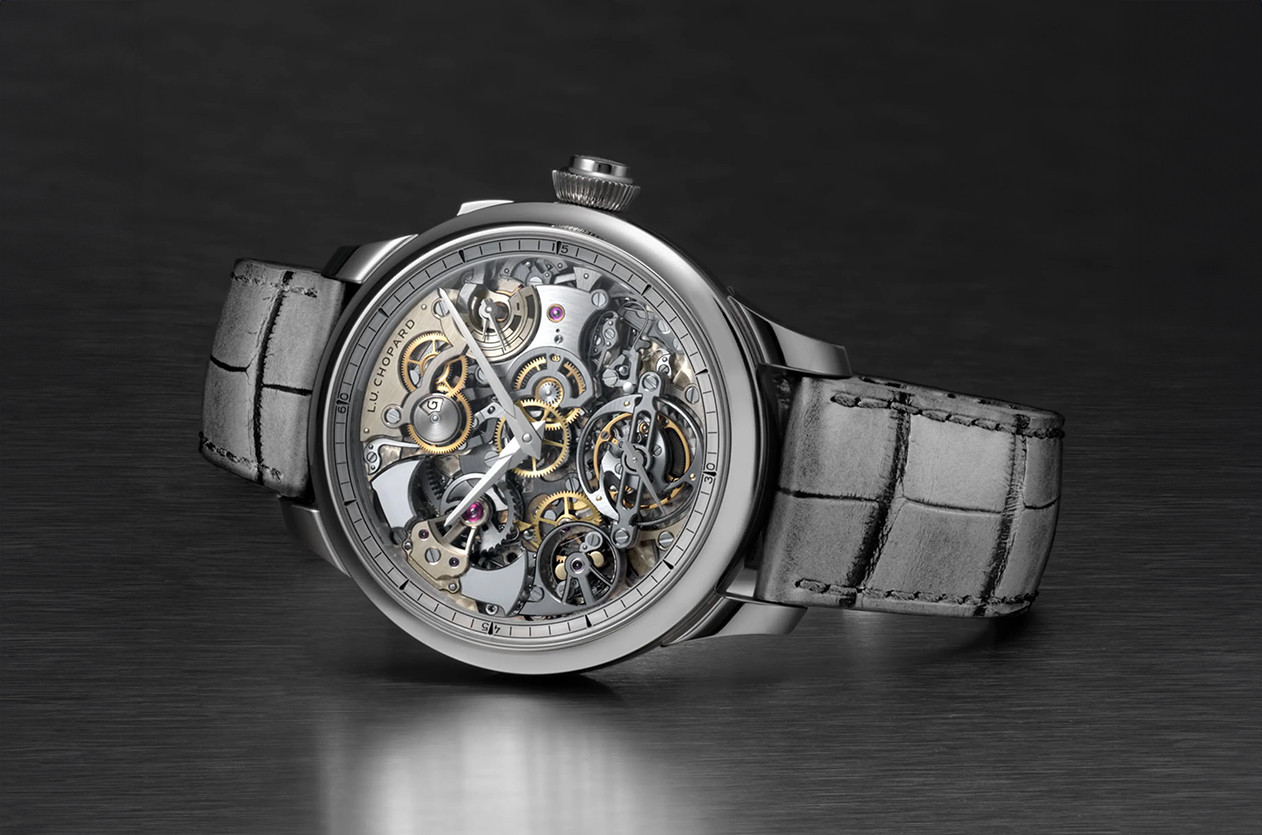
Introducing ID Genève Unveils the Circular S Eclipse
Welcome to the hub of the horoloy
Is a decorative process where a watch is stripped down to expose the intricate internal mechanisms of its movement. This involves reducing the size of the dial or completely removing it, as well as hollowing out the plates, bridges, and other components to reveal the gears, balance wheel, and other parts. Additionally, the watch hands may be designed with a small center portion that secures and moves the hands. Openwork watches showcase the beauty of the mechanical movement, allowing users to see the intricate mechanisms and the interaction of gears and different parts of the watch movement.
The difference between an openwork watch and a skeleton watch:
Both designs showcase the watch movement, but an openwork watch allows users to see most of the movement and its different mechanisms. This is achieved through hollowed-out plates and bridges that highlight the gears, balance wheel, and various delicate parts of the movement. On the other hand, a skeleton watch does not have hollowed-out plates and bridges, which means users cannot see the intricate parts of the movement such as gears and the balance wheel.


News Dubai Watch Week 2025 Will Be the Largest Ever with 90 Brands Participating

Editorial The Secrets of Watch Case Design

Hands on Phillips Presents Universal Genève’s First Timepiece Following Its Revival

Technical The Frequency, Why It Matters in Mechanical Watches

Introducing The New Chopard the L.U.C Grand Strike

Introducing Czapek Unveils the Time Jumper 10th Anniversary